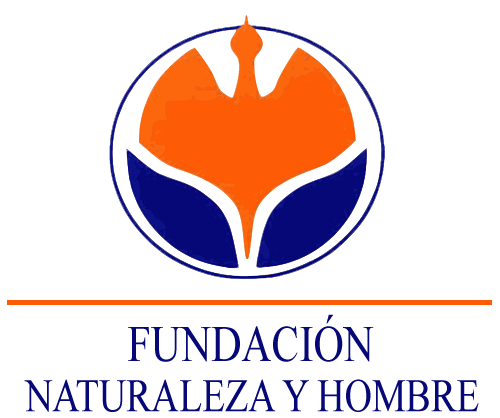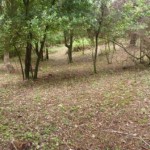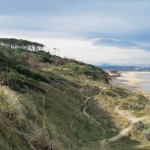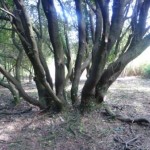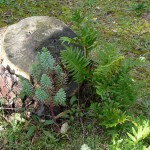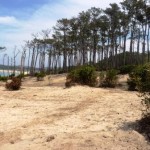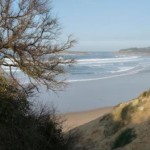This reserve is managed through an agreement between the neighborhood council of Somo and FNYH.
It is located in the sand arrow formed by sand deposits in the complex of the Bay of Santander and Somo. Specifically, it is located northeast of the municipality of Ribamontán al Mar, between the towns of Somo and Loredo.
This mountain, repopulated with pines and eucalyptus, and spontaneously by oaks and laurels, it is located on the forested tertiary dune. These dunes, located inside in relation to the coast, are built on sandy soils with a greater input of organic matter, in relation to secondary and primary dunes, allowing the development of tree and shrub species that are unable to grow in primary dunes and secondary. Also, they do not suffer the influence of the wind, thereby reducing soil salinity, and they are warmer because they are sheltered by the main dunes. All these factors propitiate more biological diversity in these fixed dunes, with more variety and abundance of species. Therefore, in the nearest beach area, it is possible to see psammophile species, and as it goes into the mountains, the vegetation changes to a more typical of mature forest, with the presence of holm oaks, oaks, strawberry tree, thorns or laurels.
However, the reserve is affected by the invasion as pampas grass, what represents an added difficulty in the normal development of native species. The eradication of this invasive vegetation is a major management strategy and the main reason why conservation tasks in the forest are being developed. The usual wildlife are typical coastal areas species, specifically the most common birds are gulls, dunlin, cormorants, etc. It is not difficult to see more generalist species such as magpies or sparrows, and even nocturnal birds like the scops owl. Small mammals, amphibians and reptiles are lesser important groups in this reserve.
In order to improve the condition of the dune area and mature forest, it is being developed an environmental recovery project, funded by the Ministry of Environment, which involves the eradication of invasive plants, capacity reduction eucalyptus regeneration and strengthening of the growth and distribution of native trees, with special attention to the holm oak, strawberry tree, laurel and flax-leaved daphne (Daphne gnidium).
Partners
- Neighborhood council of Somo
- Ministry of Agriculture, Food and Environment. Coast Demarcation in Cantabria
- Counselling of the Environment of the Regional Government of Cantabria.
<iframe src=”https://www.google.com/maps/d/embed?mid=zmP4mtNhSVhk.kVDWZ6OA87EI” width=”640″ height=”480″></iframe>
